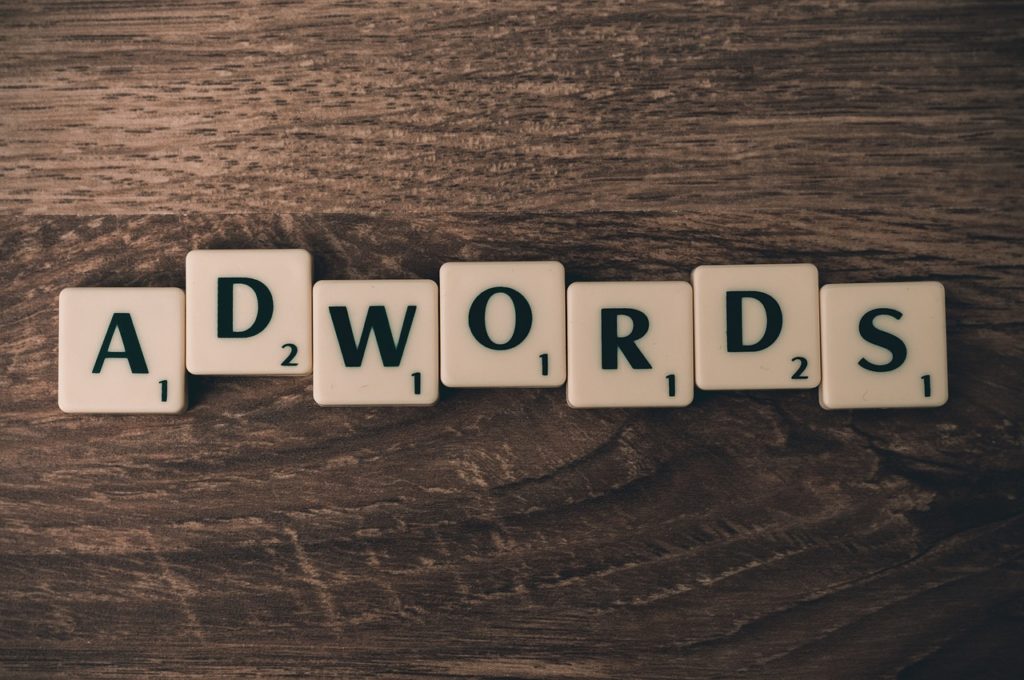Is PPC Part of Inbound Marketing?

Since the beginning of PPC advertising, there has been a debate amongst marketers about whether the process is an inbound or outbound strategy.
By its nature, and the fact that companies have to pay for clicks, PPC is often categorised as an outbound method. However, many experts now consider paid ads as an inbound tactic because they can often be used as a reliable way of acquiring traffic at the various stages of the buyer journey.
So, why is there so much confusion? Well, we’ll take a look at some definitions for inbound and outbound marketing first in the hope of shedding some light on the situation.
What Is Inbound Marketing?
To put it in the simplest way possible, inbound marketing is the process of attempting to attract potential buyers to your brand or products and services before they’re in a position to purchase.
It usually involves creative content like blog posts, social media posts, case studies, and more.
The goal of inbound marketing is to make the right prospects aware of your tech company and the nature of the business. Get it right, and inbound marketing is a fantastic method for generating leads and boosting conversions.
What Is Outbound Marketing?
Outbound marketing is the opposite of inbound. Instead of publishing content and hoping to hook a few potential buyers, outbound strategies include anything that involves your company initiating the conversation and sending a message out to potential clients.
It often involves cold calling, sending emails to random bought address lists, and some people use to place PPC in that category too.
The goal of outbound marketing is to create leads and sales, but tech brands are the ones that reach out during the initial stage of the relationship.
So, Is PPC Inbound or Outbound?
You’d be forgiven for placing PPC in the outbound marketing category because your brand pays for every click and website visit it receives. Your company is reaching out initially, and so that means it’s an outbound method, right? Wrong!
The reason most marketers now consider PPC as being an inbound method is that they target all the ads they run. That means the only people who would see the adverts are those already in the market to purchase the product or service.
Professionals will seek to learn as much as possible about the ideal demographics of their clients by defining user personas. They will attempt to learn about their:
- Ages
- Sexes
- Locations
- Job Titles
- Challenges/Pain Points
- Industries/Sectors
- Any other information that will assist with ad targeting
Your marketing team will then run ads aimed at those groups of people in the hope of increasing their marketing qualified lead generation. As the ads aren’t randomly appearing in front of everyone using the internet, it’s hard to call PPC an outbound strategy these days given the potential focus.
The bottom line is PPC (both Google AdWords and paid social channels such as LinkedIn or Twitter) can help to position you as a leader and attract customers to your business, very much in inline with the definition of ‘Inbound Marketing‘.
Retargeting can also be hugely effective in helping guide potential leads further along their buyer journey.
Is PPC The Best Inbound Marketing Method?
In short, no. PPC is not a single inbound channel. However, used alongside a wider inbound campaign that includes the use of social media, blogs, videos, infographics, email, SEO, gated content and more, PPC can have a fantastic impact on the results your tech company manages to generate.
Tools like Google AdWords have become a stable in the marketing world, and all new and growing brands should use them to their advantage.
So, it’s fair to say that PPC is an inbound marketing technique disguised as an outbound method. Do not make the mistake of overlooking the benefits of paid ads when it comes to promoting your tech brand this year, or you could lose out to the competition.
If your advertising team knows everything it needs to know about your target market, PPC should produce encouraging results from the onset. Best of all? The outcomes are usually instantaneous, and so it is possible to generate leads much faster than other channels, such as SEO which can take some time to gain traction.
Read more: Guide to Inbound Marketing for B2B Technology Companies
